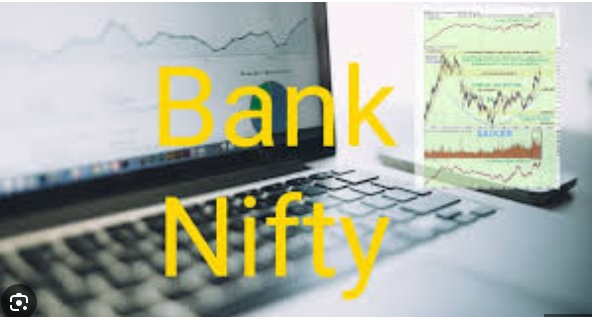Introduction:
In the world of financial markets, options trading offers a plethora of opportunities for traders to profit from price movements in various indices and securities. One such instrument is the Bank Nifty Option Chain, a powerful tool that provides essential insights for traders seeking to capitalize on the volatility of the banking sector. In this article, we will delve into the intricacies of navigating the Bank Nifty Option Chain, offering indispensable insights and strategies for traders aiming to enhance their trading performance.
Understanding the Bank Nifty Option Chain:
The Bank Nifty Option Chain presents a comprehensive overview of available option contracts for the Bank Nifty Index, comprising the most liquid banking stocks listed on the National Stock Exchange of India (NSE). It displays various parameters such as strike prices, expiration dates, option types (calls and puts), open interest, volume, and bid-ask prices, empowering traders with valuable information to make informed trading decisions.
Key Components of the Option Chain:
1. Strike Prices: The option chain lists multiple strike prices at which option contracts are available, allowing traders to choose their desired entry and exit points based on their market outlook and risk appetite.
2. Expiration Dates: Each option contract has a specific expiration date, providing traders with a timeline within which they can execute their trading strategies.
3. Option Types: Options are categorized as call options (which allow the holder to buy the underlying asset) and put options (which allow the holder to sell the underlying asset), offering traders the flexibility to profit from both bullish and bearish market scenarios.
4. Open Interest and Volume: Open interest reflects the total number of outstanding option contracts, while volume indicates the total number of contracts traded during a specified period. High open interest and volume levels signify active participation and liquidity in the options market.
5. Bid-Ask Spread: The bid price represents the maximum price buyers are willing to pay for an option, while the ask price denotes the minimum price sellers are willing to accept. The bid-ask spread reflects the transaction cost of trading options and influences traders' profitability.
Strategies for Trading the Bank Nifty Option Chain:
1. Directional Strategies: Traders can capitalize on their market outlook by executing directional strategies such as buying call options for bullish expectations or purchasing put options for bearish sentiments.
2. Hedging Strategies: Options can be used as hedging instruments to mitigate downside risk in a trader's portfolio. Strategies like protective puts and covered calls enable traders to protect their positions against adverse price movements.
3. Volatility Strategies: Volatility plays a crucial role in options pricing, and traders can employ strategies like straddles and strangles to profit from anticipated volatility expansions.
4. Income Generation Strategies: Options writing strategies such as covered calls and cash-secured puts allow traders to generate consistent income by collecting premiums while managing risk effectively.
Risk Management:
Effective risk management is paramount in options trading, and traders should implement appropriate measures such as stop-loss orders, position sizing, and portfolio diversification to safeguard their capital and minimize potential losses.
Conclusion:
The Option Chain serves as a valuable tool for traders seeking to navigate the dynamic landscape of options trading in the banking sector. By understanding its key components and implementing strategic approaches, traders can unlock a world of opportunities and enhance their trading success in the Bank Nifty derivatives market. With careful analysis and disciplined execution, traders can harness the power of the Bank Nifty Option Chain to achieve their financial goals and thrive in the ever-evolving world of finance.


